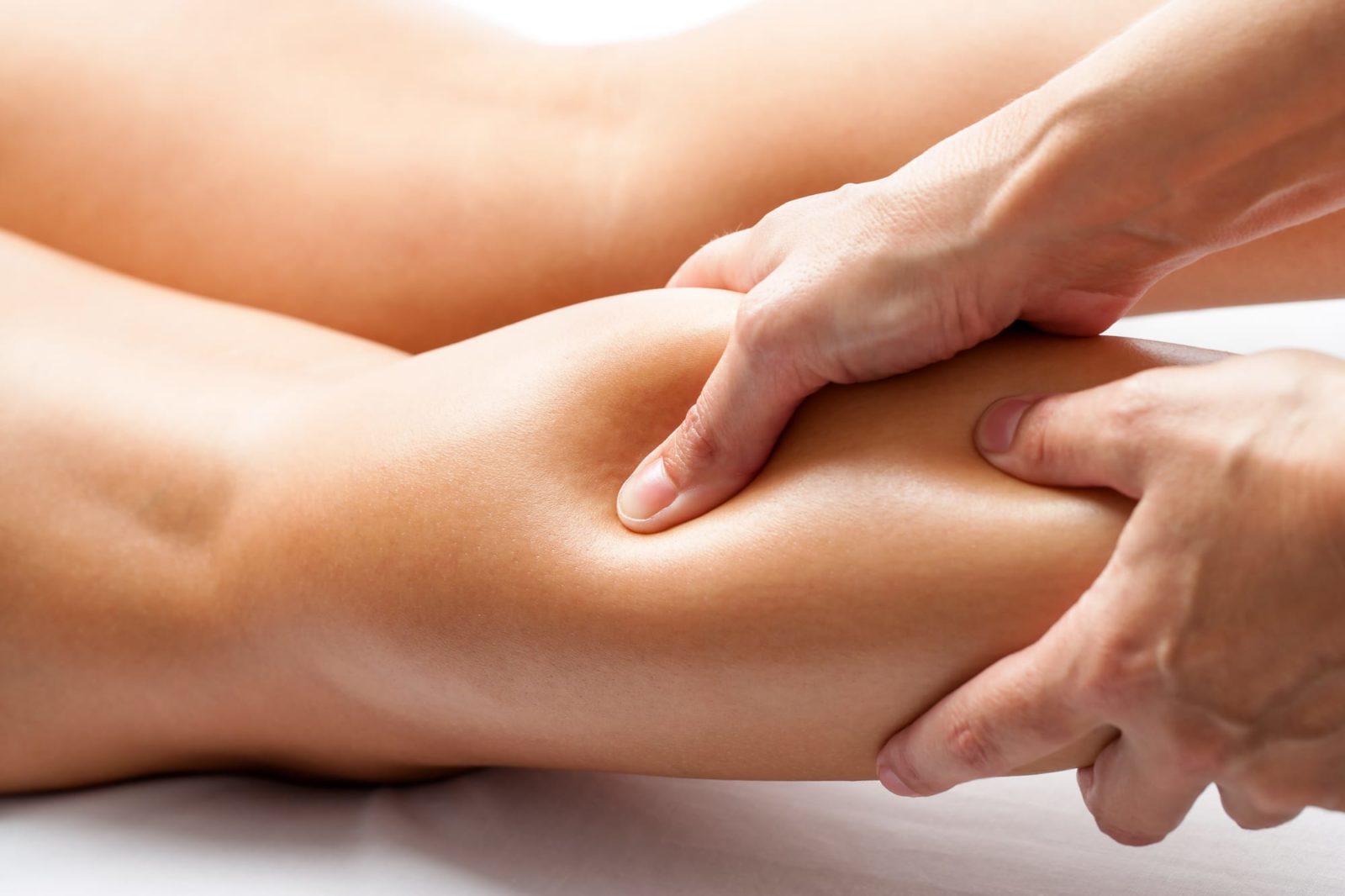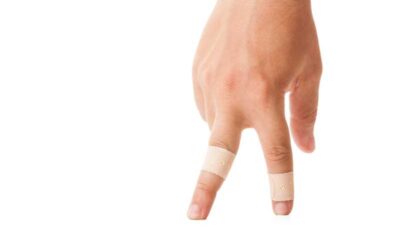Did you know that the history of massage dates back over 5,000 years to ancient Egypt? Even without our modern knowledge of the human body, healers back then learned that people responded well to touch. Massage techniques have evolved over the centuries, but the basis remains the same. One modality that’s scientifically proven to reduce pain is trigger point massage. Would you like to experience this type of massage therapy for yourself? Read on to learn more about pressure point therapy and how you can benefit with trigger point massage to improve your health.
What Is a Trigger Point?
You might refer to them as “muscle knots,” but what are those little lumps exactly?
Rest assured that they’re not actual knots in the muscle fibers. Their scientific name is a myofascial trigger point.
In basic terms, it’s a tiny cramp inside the muscle tissue. Think of it as a miniature “charley horse” that only affects one small section of the muscle. Common trigger points include those “knots” between your shoulder blades that never seem to go away.
These “cramps” may be small, but they can create a lot of pain and discomfort. Reduced blood flow irritates the muscle even more, creating a vicious cycle of myofascial pain. In some cases, the pain can even radiate (or refer) to other parts of the body.
What Is Trigger Point Massage?
The goal of this type of massage is to find those active trigger points and get them to “calm down.” If you can release the trigger point, the entire muscle will relax and function normally.
Your therapist will start by palpating your muscles to identify the source of your pain (often a nagging trigger point). Then she’ll use direct pressure on the point to encourage it to release. She may also include some stretching and kneading techniques to further help the muscles relax.
This may feel uncomfortable at first, especially if you’ve had the problem for a while. Communication is key to ensure that the pressure isn’t too much for you.
How to Massage Trigger Points
Even if you’re not an expert in pressure point therapy, there are some basic techniques you can try at home.
Start by downloading a trigger point chart or trigger point map. This will help you identify the specific points that may be causing your pain, whether it’s headaches, tennis elbow, or lower back.
Use the chart to find those trigger points on your own body. You’ll know when you’ve found them because they’re likely to be tender. They may even refer pain to other parts of your body.
Apply consistent pressure to each point, pressing as firmly as you can without making the muscle tense. Hold each spot for 3-5 minutes and repeat up to 5 times a day.
Our Clinic
While we do not offer massage therapy, our office specializes in chiropractic and decompression therapy. If you’re interested in scheduling an appointment for these services, please click the link below. We look forward to helping you achieve optimal health and wellness!




